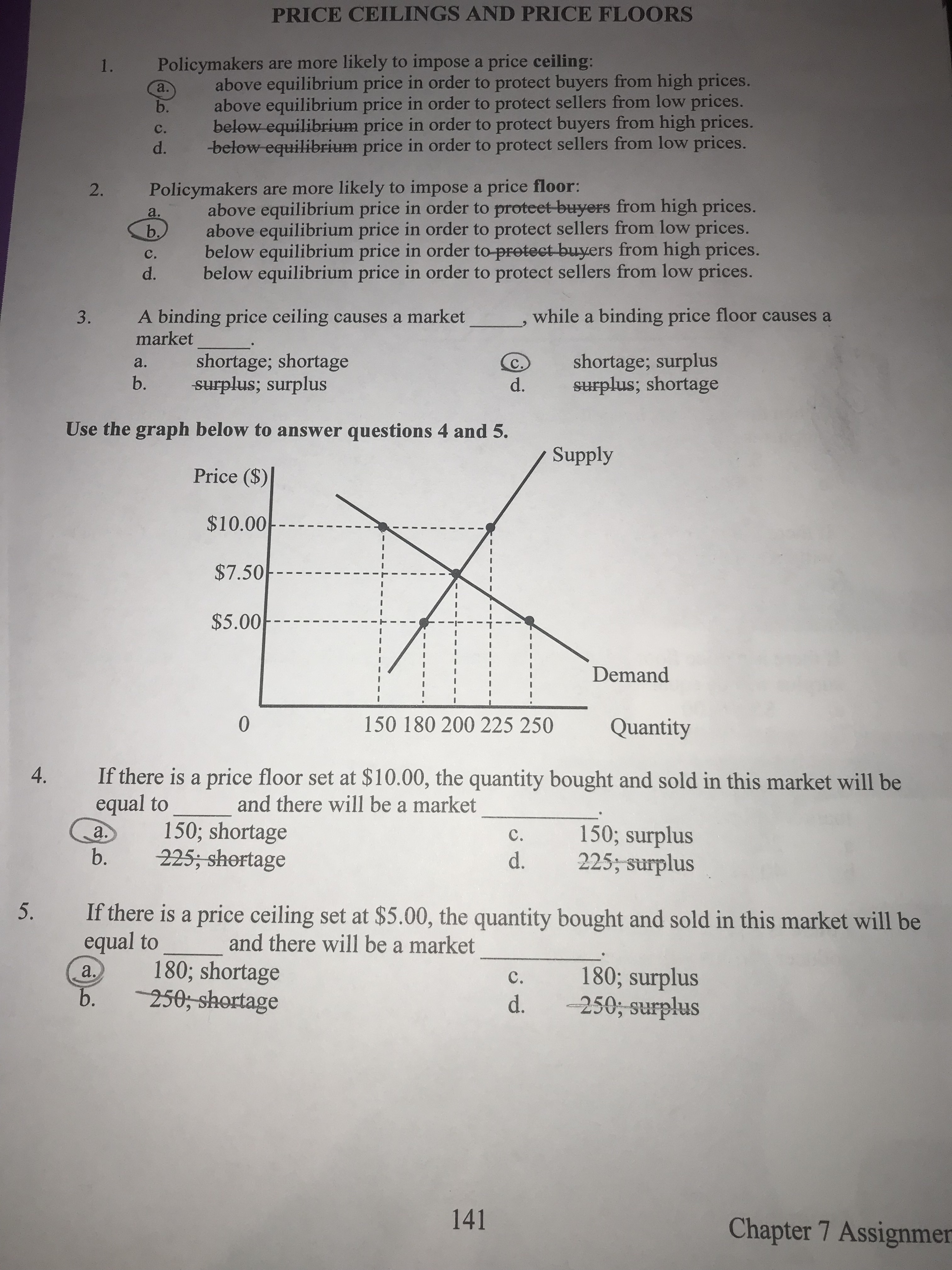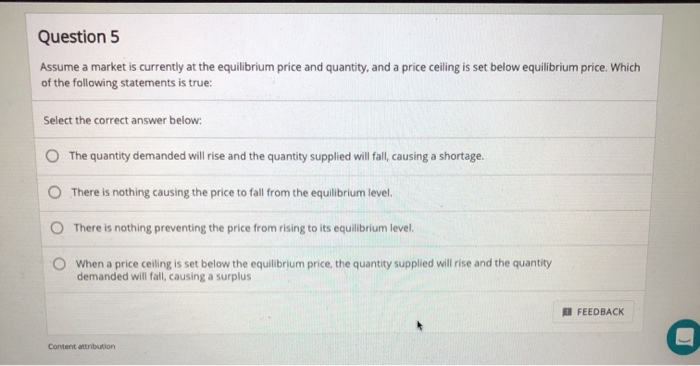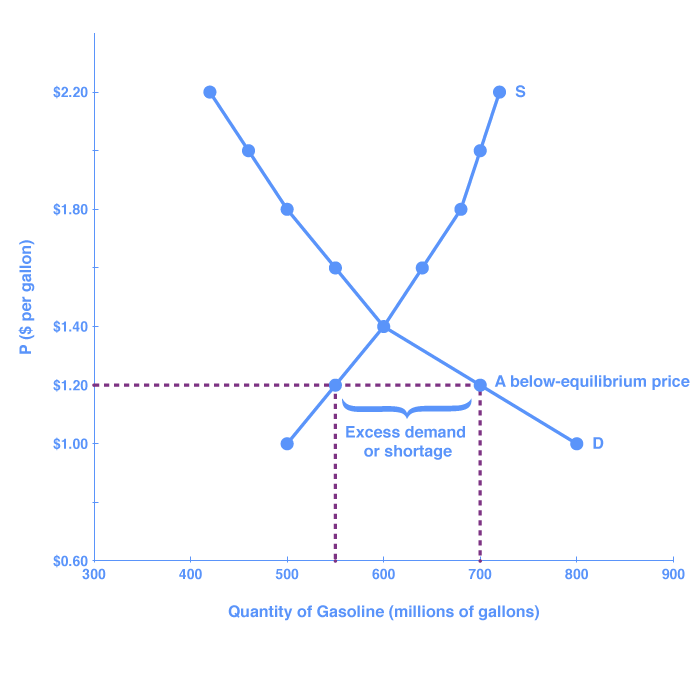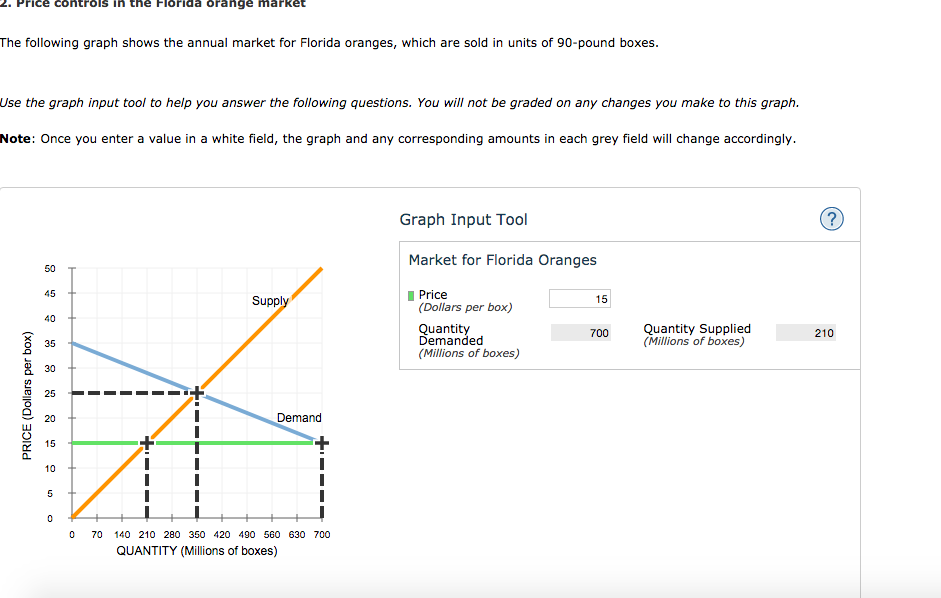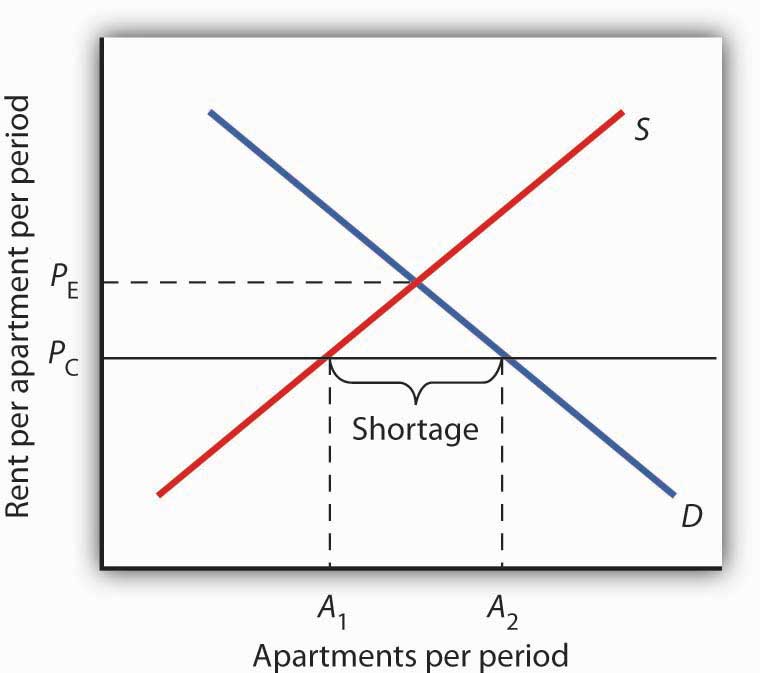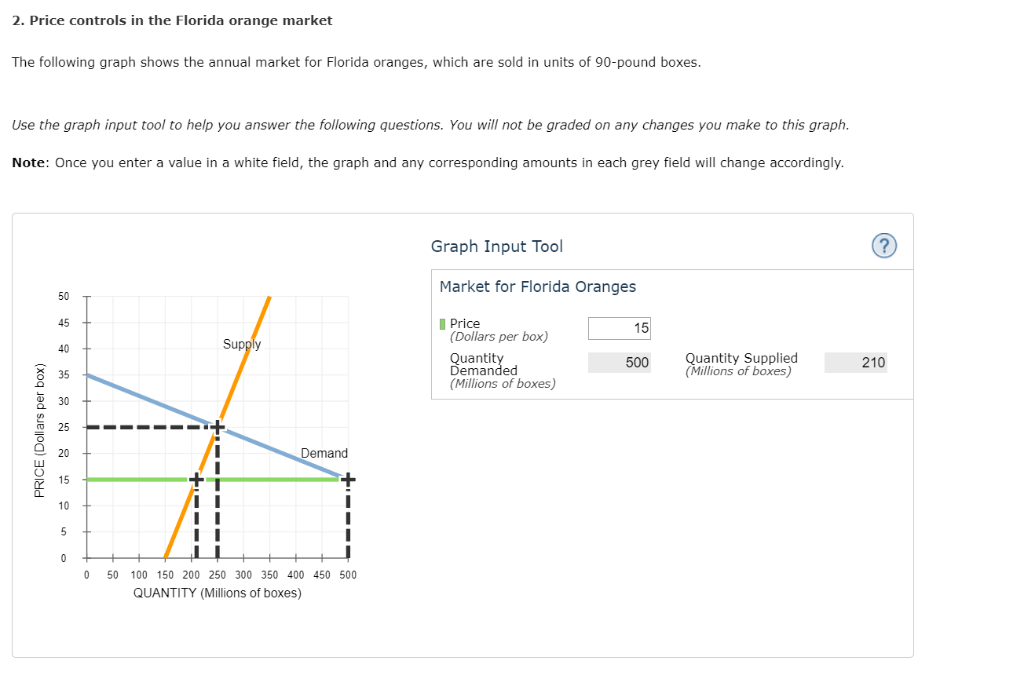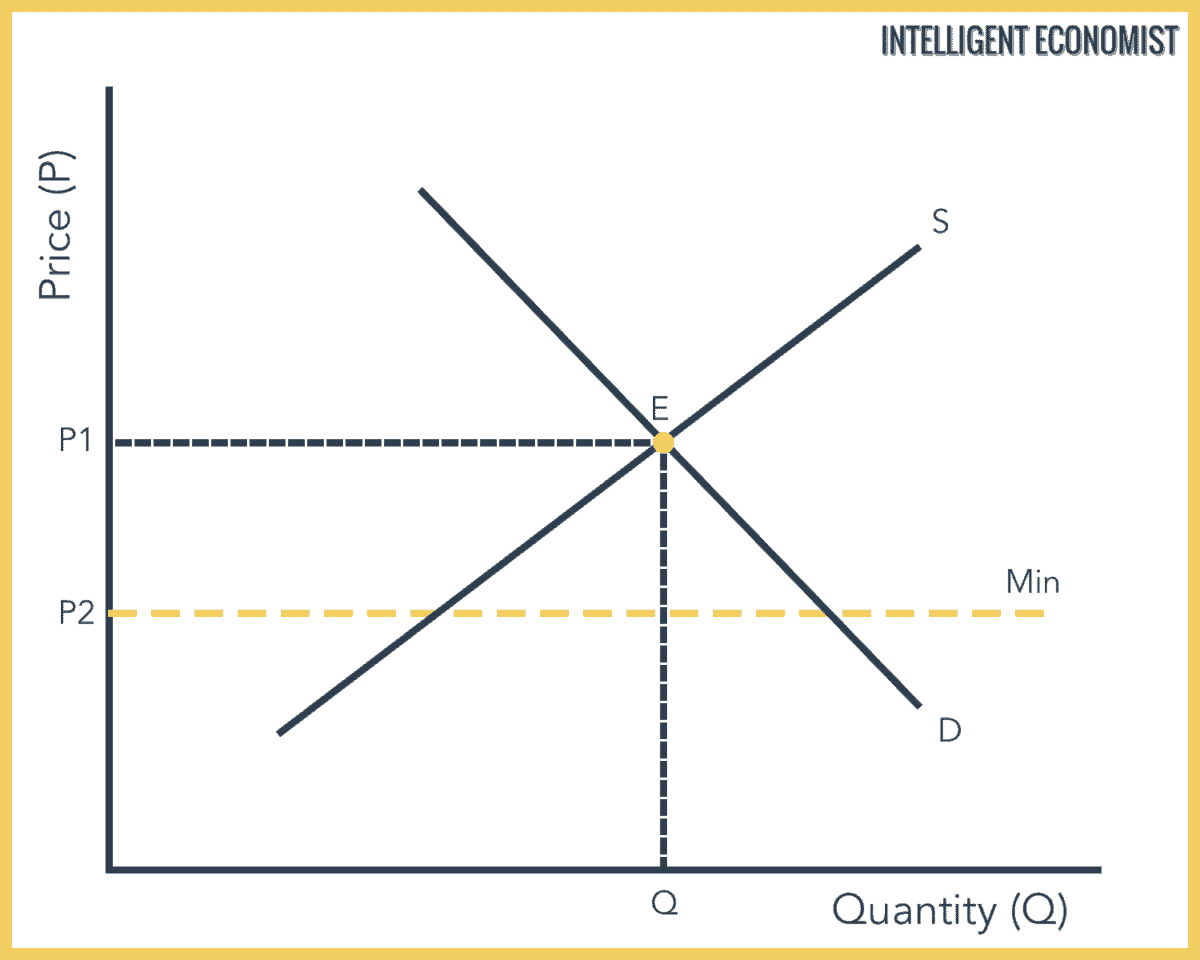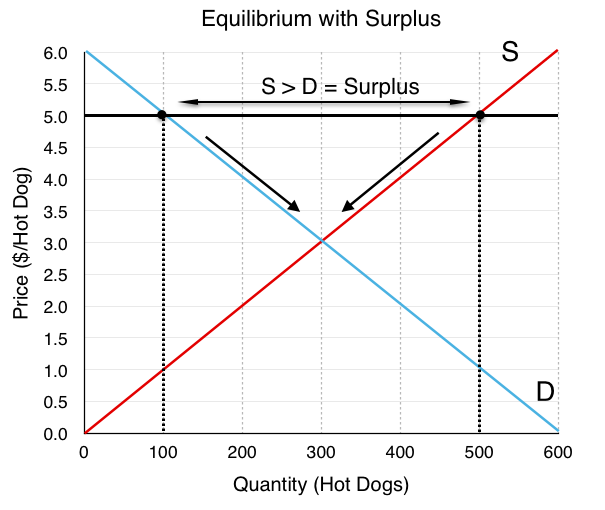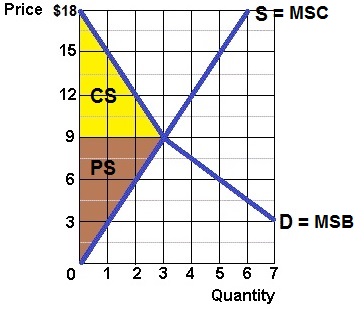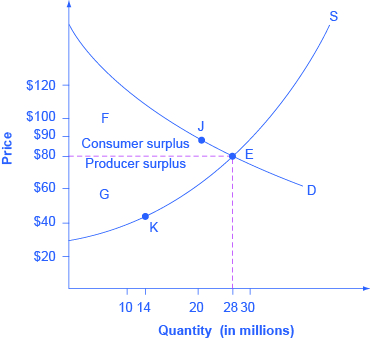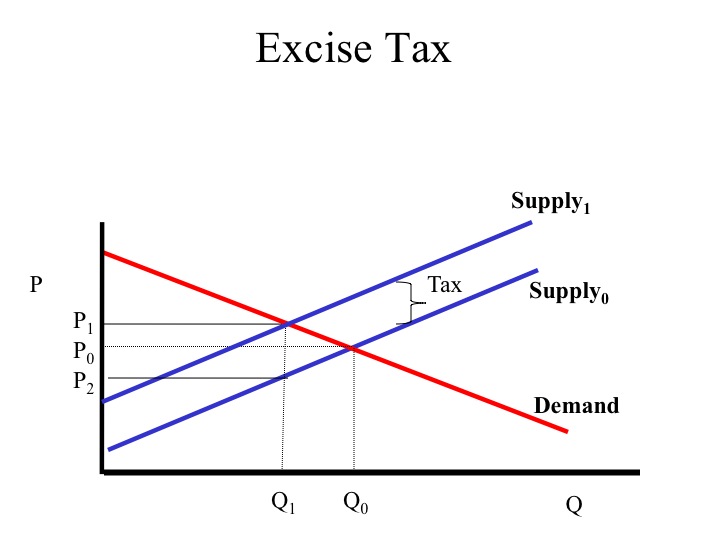Price floors prevent a price from falling below a certain level.
A price floor set below the equilibrium price will result in a surplus true false.
A price floor set below the equilibrium will result in a surplus.
Price ceilings prevent a price from rising above a certain level.
A price floor must be higher than the equilibrium price in order to be effective.
How price controls reallocate surplus.
When a price ceiling is set below the equilibrium price quantity demanded will exceed quantity supplied and excess demand or shortages will result.
The effect of government interventions on surplus.
False shortage as the real wage increases the opportunity cost of not working outside the home increases.
Taxation and dead weight loss.
A price floor is a government or group imposed price control or limit on how low a price can be charged for a product good commodity or service.
Minimum wage and price floors.
A rent control set below the market equilibrium price will result in a reduction of rental units supplied in the market assuming the supply is consistent with the law of supply.
A price ceiling set above the equilibrium price is not binding.
The equilibrium price commonly called the market price is the price where economic forces such as supply and demand are balanced and in the absence of external.
Price and quantity controls.
This is the currently selected item.
Price ceilings and price floors.

